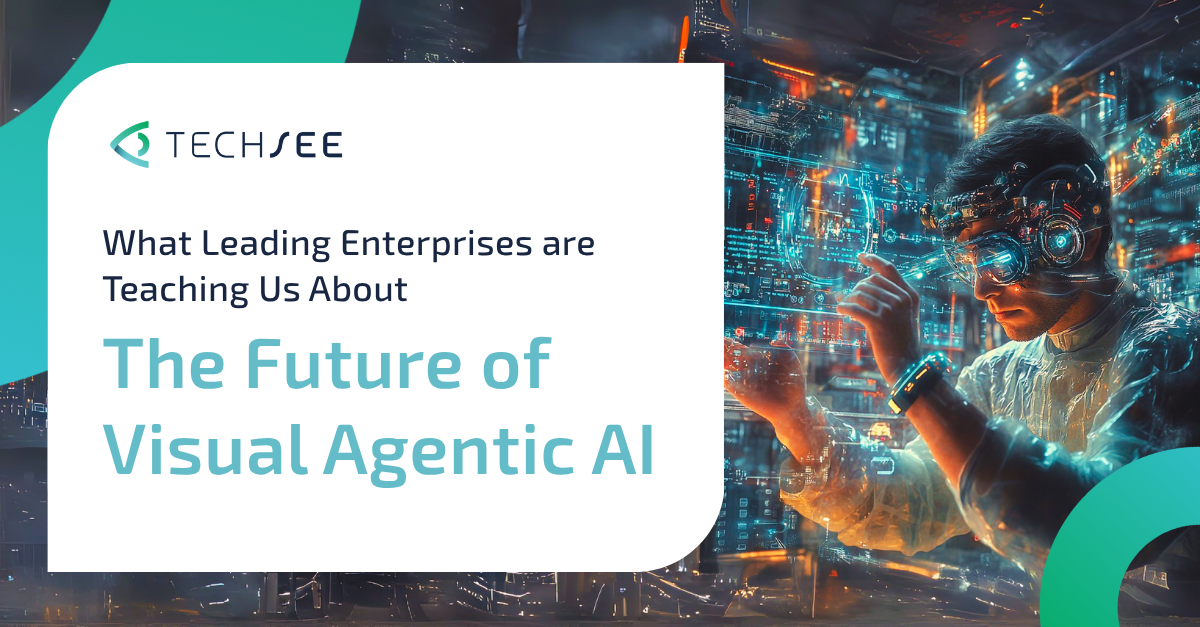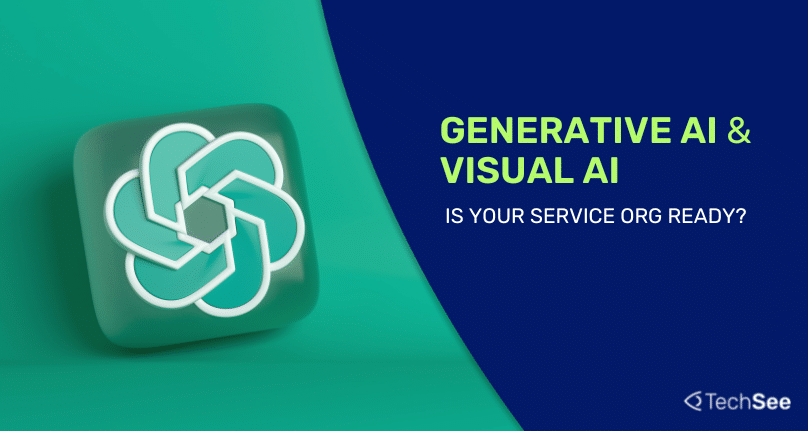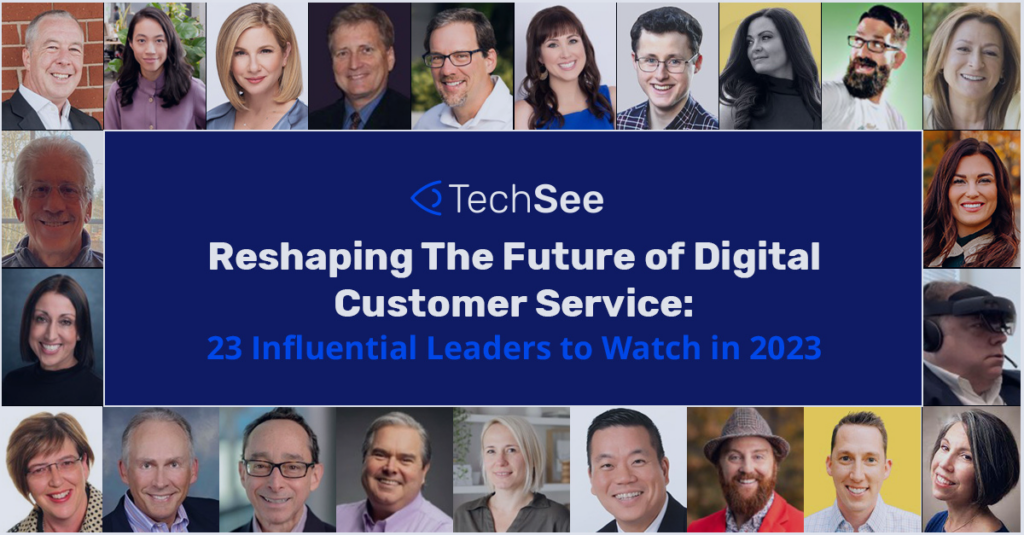Contents
When you work alongside the world’s most connected brands, you start to recognize emerging patterns—signals that reveal not just where the industry is going, but what it’s learning along the way. Visual Agentic AI is no longer theoretical. It’s being used, tested, and refined in real-world service environments.
The enterprises adopting it aren’t chasing trends—they’re solving persistent service challenges with a new kind of clarity.
Here are the five most consistent trends we’re seeing:
-
Augmenting Agents, Not Replacing Them
While automation continues to scale, we’re seeing a shift toward tools that support, not replace, human agents. Leading companies are investing in ways to make agents more effective—particularly by giving them access to real-time visual context and AI-guided workflows.
-
Structured Input Is the Missing Link
AI models are only as reliable as the data that feeds them. Inconsistent notes, manual tagging, and incomplete records undermine performance. Visual inputs offer structured, verifiable data that strengthens model output and improves automation.
-
First-Time Resolution as a Core Metric
Companies across sectors are realigning their operations around a simple but powerful idea: solve it the first time. Visual Agentic AI helps eliminate guesswork and repeat contacts by making the issue visible to both agent and system.
-
Visual Data Isn’t Just for Service—It’s for Learning
Visual sessions provide more than just real-time insight. They also create a feedback loop—annotated images and diagnostic patterns become part of a continuously improving AI layer. This is where performance gains compound.
-
Institutional Knowledge Needs Capturing
With senior agents retiring and turnover remaining high, enterprises are using visual tools to preserve “tribal knowledge”—what experienced agents see and how they respond. That knowledge becomes embedded in training, AI models, and future workflows.
Visual Agentic AI in Practice
The trendline is consistent across industries:
- Orange Spain has cut technician dispatches significantly through remote visual diagnostics.
- ADT maintains high CSAT scores while reducing unnecessary field visits.
- Brinks saw major gains in resolution speed using agent-guided visual sessions.
- Cochlear is using visual tools to enhance accessibility and post-sale engagement.
Looking Ahead
The takeaway isn’t that visual technology is a silver bullet. It’s that visibility enables better decisions—for agents, customers, and AI systems alike. It’s helping organizations shift from reaction to readiness.
See the Solution
What we’re seeing in the field suggests this: to build AI that serves humans, it needs to understand human context. And that starts with seeing what’s really happening.
If you’re exploring the future of service, Visual Agentic AI offers a grounded, observable path forward.
Interested in how your peers are applying these lessons? Book a conversation and learn how visibility is shaping their approach.






